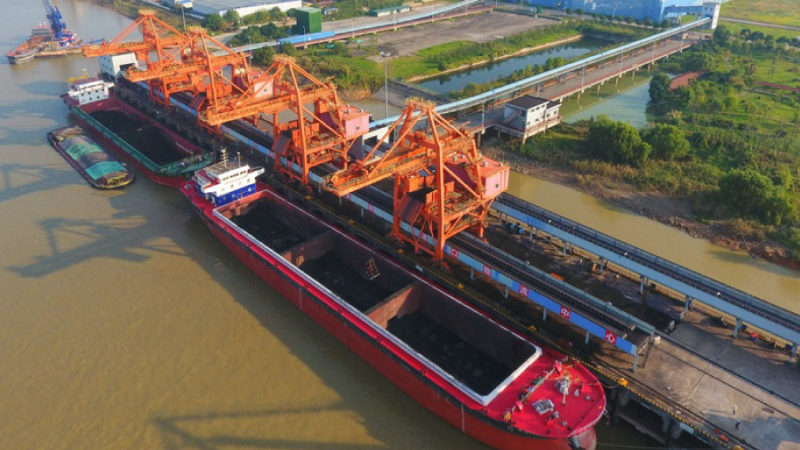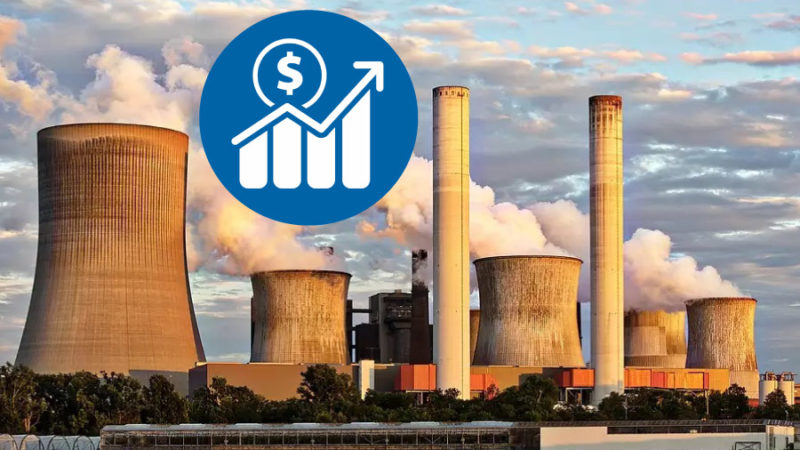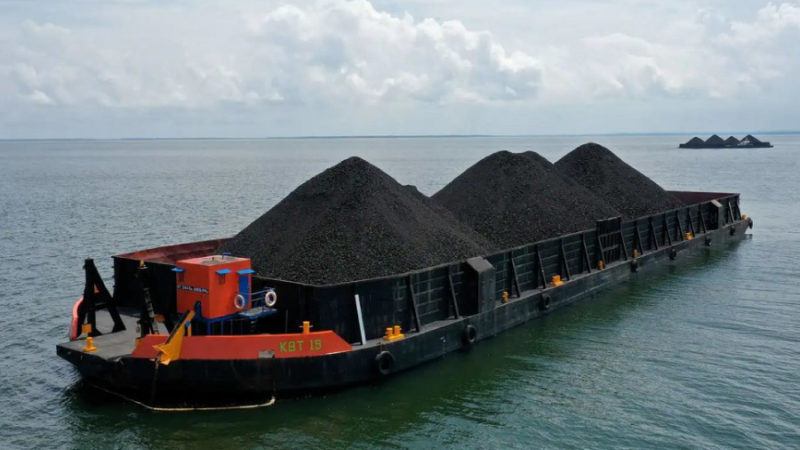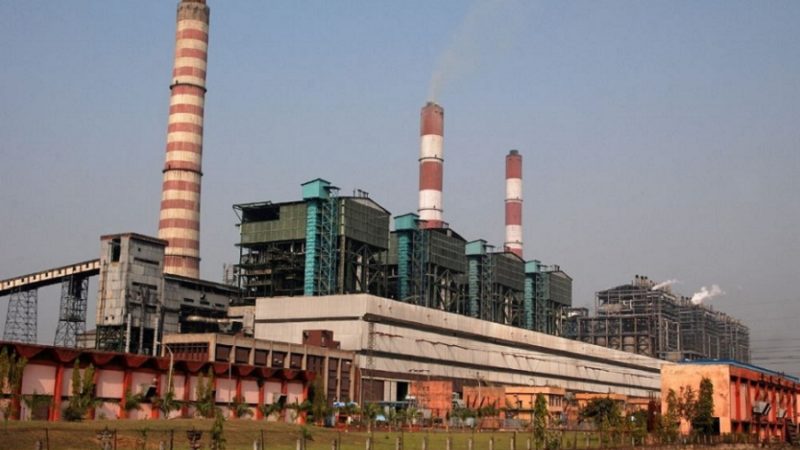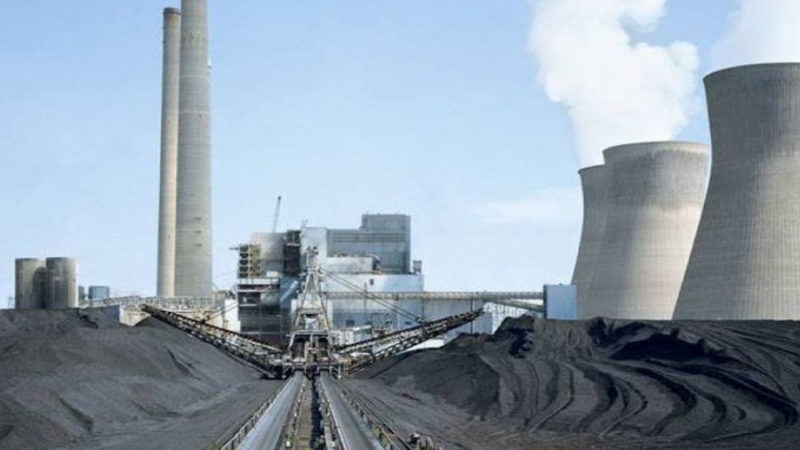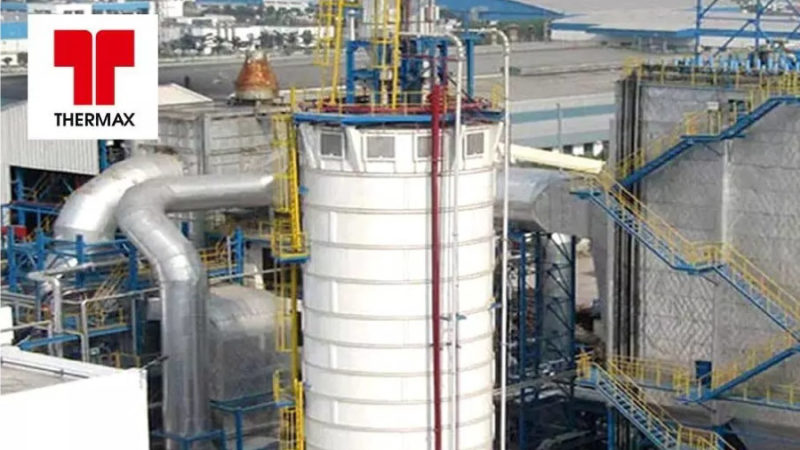Striving for Efficiency
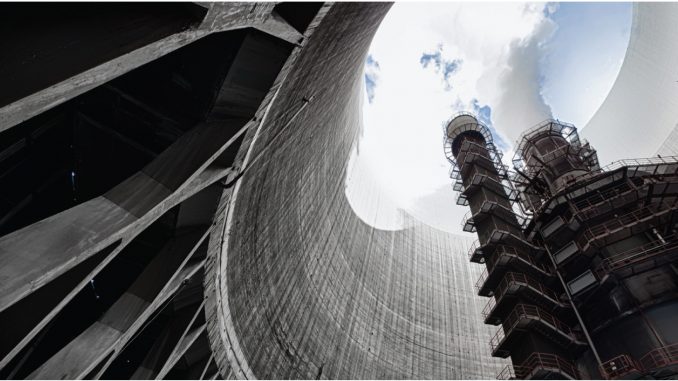
The renovation and modernisation (R&M) of coal-based thermal power plants (TPPs) is not only required to improvement of plant efficiency and safety and reliability of the operation. It is also crucial from an environmental and an economic perspective.
High capital expenditure related to new capacity augmentation, poor financial health of the utilities, growing environmental concerns, falling plant load factor (PLF), maximising generation from the existing power stations and emerging fuel constraints necessitate efficiency improvement of the existing power stations in the country. Renovation and Modernization (R&M) of thermal power plants plays a critical role in restoring the power station’s rated capacity and reducing coal consumption, and is one of the most cost effective options to achieve additional generation in a short gestation period.
Thus the main objective of R&M of power generating units is to make the operating units equipped with modified / augmented latest technology equipment/components/ systems with a view to improve their performance in terms of output, reliability and availability to the original design values, reduction in maintenance requirements, ease of maintenance and enhanced efficiency.
However, R&M is not a substitute for regular annual or capital maintenance /overhaul which forms a part of Operation and Maintenance (O&M) activity. Need for Mid-life R&M come up generally after 1,00,000 hrs of operation.
The need for R&M
As the design life of a power plant is typically 25 years. Operating plants beyond their economic life generally needs a refurbishment to ensure compliance to the environmental stipulation, improvement of plant efficiency and safety and reliability of the operation.
The R&M programme is primarily aimed at generation sustenance and overcoming problems due to Generic defects, Design deficiencies /modifications, Avoidance of inefficient operation, Non-availability of spares because of obsolescence of equipment/components or Major replacements of equipment arising due to unforeseen failures and /or generation sustenance not covered under regular O&M, Stringent environmental regulation and Safety requirements etc.
R&M entails minimal rehabilitation and resettlement (R&R) issues. In Thermal Power Plants, R&M improves the heat rate, reduces auxiliary consumption, lowers emissions and ensure optimal fuel utilisation.
Current Scenario
In India, the R&M programme for thermal power units were initiated around mid eighties in order to improve their performance. In addition, as per the National Electricity Policy, 2005, TPPs that are performing below acceptable standards should undergo R&M as per well-defined plans featuring a necessary cost-benefit analysis. However, despite of its numerous benefits, the pace of implementation of R&M in the country has been rather slow – so far.
The Central Electricity Authority (CEA) identified a total of 135 thermal power units with an aggregate capacity of 29,367 MW for R&M and life extension (LE) during the period of 2012-17. However, of these, works for only 37 units totalling 7,202.26 MW were completed during the period. Going forward, R&M and life extension (LE) works for 64 units aggregating 14,705 MW are being considered for the 2017-22 period.
According to the CEA’s data, around 32,830 MW of capacity had been operating for more than 25 years, as of March 31, 2015. Of this, around 5,860 MW was considered for retirement in a phased manner while 4,800 MW was taken up for R&M. Given that a large number of generating units are old and have outlived their designed life, R&M has been recognised as a cost-effective option to restore the rated capacities of these plants. It helps improve generation, minimise inefficiencies and extend the life of the plants.
Moreover, R&M is required for minimising emissions from the existing fleet of old TPPs, thus ensuring compliance with environmental norms. The CEA has also implemented a year-wise flue gas desulphurisation (FGD) phasing and electrostatic precipitator (ESP) upgradation plan, in view of the environmental norms notified for thermal power stations. As per the plan, a total of 415 and 231 units will be taken up for FGD phasing and ESP upgradation, respectively, during 2018-22.
The R&M of coal-based thermal power plants (TPPs) is crucial, both from an environmental and an economic perspective. The government has also taken various steps in this regard such as monitoring of R&M and LE works by the Central Electricity Authority (CEA), providing technical inputs through the CEA and NTPC to the concerned power utilities, making funds available in the form of loans through the Power Finance Corporation and the Rural Electrification Corporation, and extending external cooperation for assistance in terms of technology and finance.
Challenges
Though, there is a huge market opportunity across the R&M value chain, the pace of R&M works at coal-based plants has been rather slow. Ever since its initiation in 1980s, the R&M market continues to face a variety of challenges and issues that have impeded market growth and scale up plans.
Time & Cost Overrun: One of the major problems observed is delay in execution of R&M works. As per guidelines, the shut down period required to carry out the R&M works in the plant is scheduled six to eight months. However, according one study conducted by the CEA, it was noted that the actual plant shutdown period for R&M works varies from 13 to 30 months resulting in cost overruns. To avoid this time and cost overruns, the necessary preparations for material/ equipment procurement need to be made in advance. In addition, DPRs should be prepared on the basis of residual life assessment studies so as to prevent technical faults during R&M works.
High Contractual Risk: Many a time weak defined scope of the commercial contract shifts the risk substantially to bidders. In addition, high level of guarantees that results into unfair balance of risk-reward and in turn high price of the project. Further, sometimes guarantees are asked for the entire plant/system while the works have to be implemented on certain components of the plant altering the risk profile of the contractor’s substantially.
Lack of Integrity: It has also been observed that in many cases contractors/subcontractors abandon their work midway. To address this problem, utilities have made provisions for liquidated damages for delays in the completion of work at the chargeable rate of 0.25 per cent per week of the contract value. Looking at the prevailing scenario, it becomes imperative that project management guidelines for R&M works should be identified, defined and standardised.
Poor O&M Practices: Further, it has been seen that O&M practises being followed by state owned generation companies in India are weak. Most of the state owned generating companies do not adhere to the schedule of annual maintenance and periodic capital overhaul of the plant leading to deterioration in the condition and performance of the plant. Poor O&M practises can offset the expected efficiency gains of a successful R&M project before the stipulated extended life of the plant.
In addition, the poor financial health of state discoms, and lack of appropriate regulatory incentives to undertake R&M have an adverse impact on R&M project performance. Despite various roadblocks, R&M offer potential solutions for improving power plant performance in a cost-effective manner.
Way forward
Although R&M is a technologically and economically viable option to overcome technological obsolescence and achieve optimum power generation – it has been noted that there has been lack of interest to take up R&M from state utilities due to various reasons. Regulators in each state need to design incentive and enforcement mechanisms that encourage utilities to undertake R&M of their inefficient and old plants. It is also important to encourage competition by awarding R&M projects through fair, transparent and competitive mechanisms along with encouragement to public-private partnership models for R&M – so as to develop the market.
There exist a significant potential for efficiency improvement of thermal power plants in the country (the world average of coal power efficiency is ~35.1%1 as compared to ~31% in India) which is largely contingent on the use of advance technology for new capacities and improvement of efficiencies in the existing capacity. The need of the hour is to understand the overall market dynamics; assess key challenges impeding market growth and hence suggest way to strengthen market interest.



